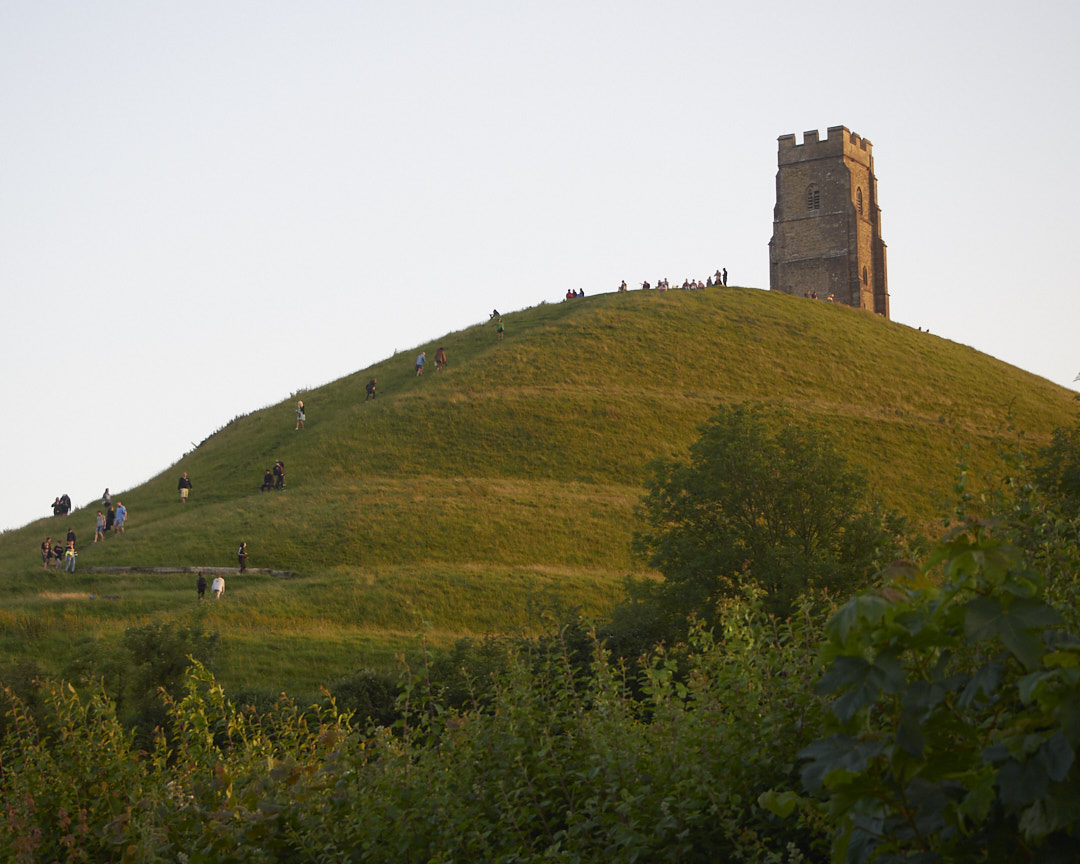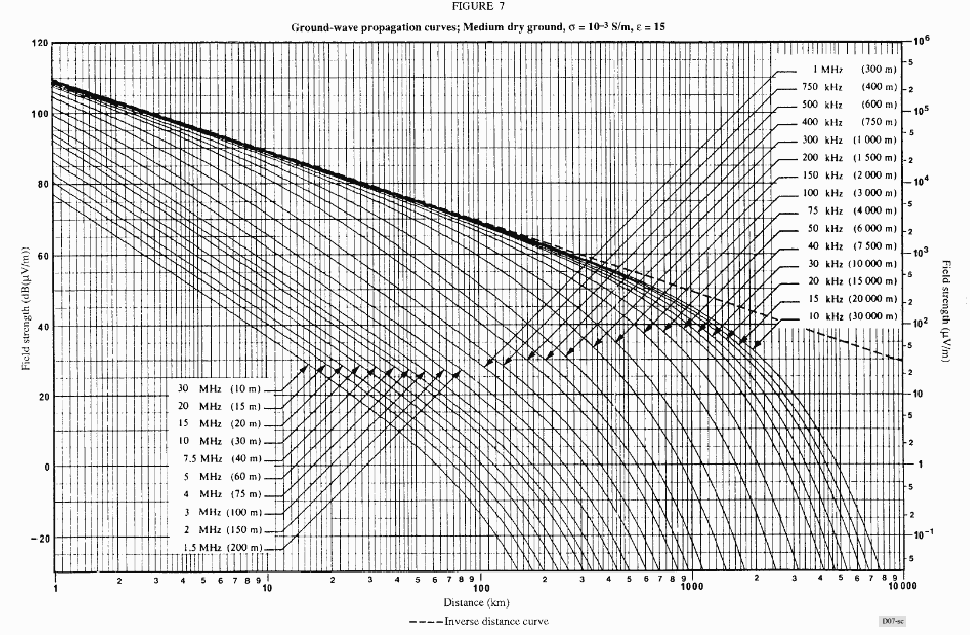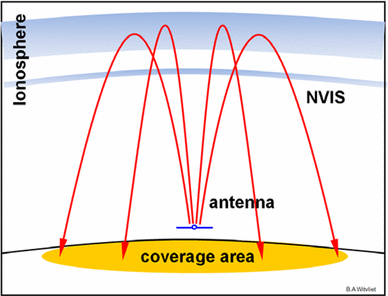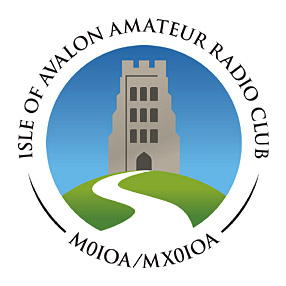Data Net Experiments On 10m
We have been experimenting with data modes, using the 10m frequency of 28.118 MHz. Beforehand, all stations had been in the Glastonbury area, and signal strengths had been high. Using 10m around a sunspot minimum isn’t, of course, a recipe for DX operation. As the RSGB says
10 metres is by far the widest of the HF bands and can seem very empty during the years of sunspot minima.
10m lets us experiment without bothering too many other amateurs. It’s easy to make and rig a dipole antenna, a half-wave dipole is only 5m long which you can lose in most lofts or gardens, and you can often get a CB vertical onto this band with an ATU, as CB is 27 MHz1.
Results
G4JJP joined G5FM and G7LEE, both in Glastonbury, and it was instructive to see the difference in performance. G4JJP is in Shepton Mallet, and the terrain is adverse for groundwave over this path. Largely due to Glastonbury Tor.

This gives G5FM and G4JJP a really hard time (y-axis in m and x-axis in km)

G7LEE and G4JJP have an easier time

and G7LEE to G5FM is a doddle

G4JJP and G5FM are using modern rigs with integrated USB audio boards so alignment for FLDigi is reasonably straightforward, G7LEE is using steam-driven gear in the form of a Yaesu FT 897 which needs analogue intefacing which can be error-prone, though the results seem to be OK in this instance.
Olivia 16/500 was the successful common mode
G7LEE and G5FM were able to use MT63-2KL which is a wide bandwidth high-ish data rate mode in FLdigi without problem. The path to G4JJP was much more of a struggle. Switching to Olivia 16/500, G5FM could not see G4JJP on the waterfall, though the signal was copied OK (snr was not recorded), G4JJP could just about see G5FM and copy the signal. G7LEE and G4JJP were able to exchange signals using OL16/500, but not the faster data rate OL8/500.
| s\r | G5FM | G4JJP | G7LEE |
|---|---|---|---|
| G5FM | x | ? | 23 |
| G4JJP | -10 | x | -8 |
| G7LEE | 23 | -7 | x |
Table of reported SNR, OL16/500 mode, power was < 50W all round. G5FM and G4JJP are using horizontal dipoles, G7LEE is using a Sigma Eurocomm HF-3602 vertical with an ATU
Some of this experimentation is to see if we can expand the IoAARC data net for the WessexHam initiative - the answer would seem to be not at 10m ;)
10m is not best for Groundwave distance
ITU Recommendation ITU-R P.368-7 has a chart3 of typical groundwave propagation field strengths from 10kHz to 30MHz.

You can see that field strengths are some 20dB down from the get go, relative to 80m, and the falloff with increasing distance is faster. Having said that, as any radio amateur knows, man made nose is lower at high frequencies, and it is easier to get antenna efficiency at 10m, so there are countervailing factors. 80m is no panacea, as M0MCX of DX commander observed.
NVIS - the alternative
Near Vertical Incidence Skywave (NVIS) is the obvious way to go here.

The problem here is that you have to go down in frequency, particularly in times of low sunspot activity. For a Wessexham data net this causes two problems. One is that the highest frequency band in practical use for regional NVIS is the 60m band around 5MHz. This would disenfranchise Foundation and Intermediate licensees, since in the UK this band is only available to Full licence holders.
The next lower band is 80m, which is open to all licence classes, but requires ideally 40m of linear distance for a half-wave dipole. That isn’t great for many amateurs with smaller gardens.
-
26.9 to 27.9 in two blocks, the highest channel of UK40, channel 40, is 27.99125MHz ↩
-
the Sigma Eurocomm 360 is a 5.4m vertical end-fed via a 9:1 unun. My 5m wire would probably be better employed in a horizontal dipole, but it’s what I had ;) ↩
-
Hat tip Burham Beeches Radio Club for the link ↩
